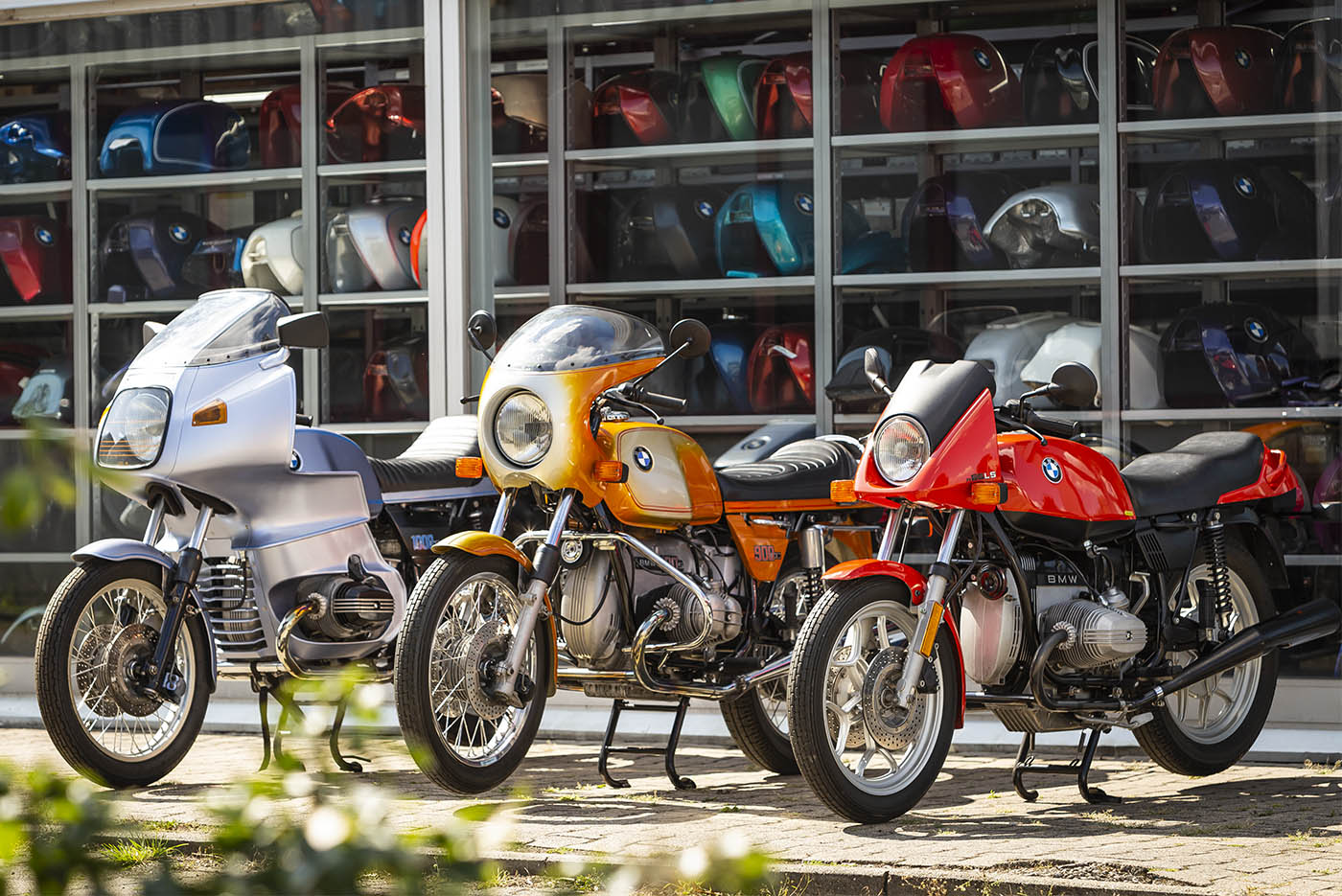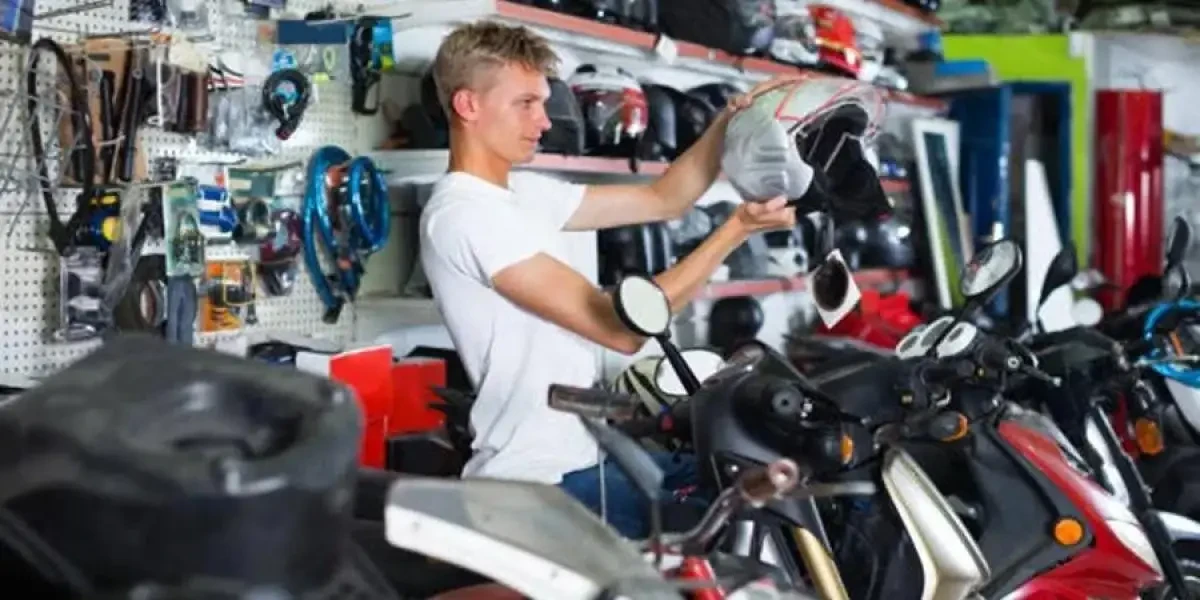See Our Motorcycle Shop for Specialist Recommendations and High Quality Products
See Our Motorcycle Shop for Specialist Recommendations and High Quality Products
Blog Article
Comprehending the Vital Parts of a Motorcycle: A Comprehensive Overview for Fanatics
For bike lovers looking to elevate their riding experience and guarantee their bikes run efficiently, recognizing the essential components of a motorcycle is critical. Each component, from the engine's intricate operations to the essential function of the stopping devices, not only affects efficiency however additionally safety and security and convenience.
Engine Elements

The camshaft plays a critical function in regulating the timing of the engine's shutoffs, making sure the precise opening and closing needed for effective gas and air consumption, along with exhaust expulsion. This timing is critical to preserving optimal engine efficiency and performance. In addition, the carburetor or gas injection system, relying on the motorcycle version, is accountable for mixing air with gas in the correct proportion for burning.
The cooling system, either air or liquid-based, functions to keep the engine's temperature within functional limits, protecting against overheating and guaranteeing longevity - motox parts nz. Each element, diligently designed and integrated, adds to the smooth procedure of the engine, defining the bike's power outcome and general efficiency
Transmission System
Indispensable to the bike's functionality, the transmission system makes sure effective power transfer from the engine to the wheels. This system makes up several crucial parts, including the clutch, gearbox, and final drive, each playing a vital duty in equating the engine's power into motion. The clutch, generally operated by a hand lever, offers to engage and disengage the engine from the transmission, enabling smooth equipment adjustments and regulated acceleration.
The gearbox, often described as the transmission appropriate, consists of a set of equipments that bikers can manually shift via to readjust the bike's rate and torque output. These gears are prepared in a sequence that enables the motorbike to accelerate smoothly and keep optimal engine performance throughout different speeds. The majority of bikes use a sequential gearbox, requiring the biker to shift equipments in a fixed order.
Braking Devices
While recognizing the transmission system is crucial to harnessing a bike's power, just as crucial is the capability to control and quit that power effectively, which is where stopping systems enter into play. Brakes are crucial for security and performance, giving the motorcyclist with the required control to navigate different terrains and conditions. Typically, motorcycles include 2 types of stopping systems: disc brakes and drum brakes.
Disc brakes are a lot more widespread in modern bikes because of their remarkable efficiency. They contain a brake disc, caliper, and pads. When turned on, the caliper presses the brake pads against the rotating disc, transforming kinetic energy right into heat, thereby slowing down the wheel. This system uses far better warmth dissipation, constant efficiency, and improved quiting power, specifically in damp problems.
On the other hand, drum brakes, though less usual, are still discovered in some motorbikes. They function by pressing brake shoes against the internal surface of a drum connected to the wheel. While usually less reliable in warmth dissipation and quiting power, drum brakes are simpler and a lot more cost-efficient.
Comprehending these stopping systems' subtleties permits cyclists to preserve their motorbikes appropriately and value the design that guarantees risk-free and reliable quiting.
Suspension and Guiding
Suspension and steering systems are essential elements that considerably influence a motorcycle's handling and trip comfort. The shock absorber, including forks at the front and shock absorbers at the back, soaks up roadway irregularities, boosting security and control. Front forks, upside down or typically telescopic, compress and rebound to reduce influences, while back shock absorbers maintain tire call with the roadway, vital for grip and safety and security.
Guiding, centered around the handlebars, connects the biker to the motorbike's directional control. The guiding head bearings make sure smooth operation, allowing specific ability to move. Appropriate positioning and upkeep of these bearings are important for predictable steering feedback and lowering biker fatigue.
The suspension's adjustability is one more critical element; studded dirt bike tires preload, damping, and rebound setups allow customization to fit different riding conditions and designs. This flexibility is necessary for enhancing performance, whether browsing city roads or tackling sturdy routes. Technologies like digital suspension systems offer real-time adjustments, boosting experience quality throughout diverse terrains.

Electric Solutions
After ensuring a smooth and controlled adventure through reliable suspension and steering systems, attention transforms to the electrical systems, an essential facet of modern motorcycles. These systems play a vital role not only in beginning the engine however also in powering different parts that enhance the functionality and safety of the motorcycle.
At the heart of a motorbike's electric system is the battery, which stores electrical power essential for beginning the engine and powering auxiliary systems - motocross gear. The alternator or generator, combined with the rectifier-regulator, makes certain the battery remains billed while the More hints bike is in operation, converting power right into electric power and keeping voltage degrees
The ignition system, one more essential component, is in charge of firing up the air-fuel mix in the engine's cylinders. Modern bikes frequently utilize an electronic ignition system, providing higher effectiveness and reliability compared to traditional systems.
Lighting systems, including headlights, tail lights, and indications, are additionally essential, ensuring visibility and security for the motorcyclist. Added digital parts such as sensing units, control devices, and presents add to innovative attributes like fuel injection management, anti-lock stopping systems (ABS), and digital dashboards, further enhancing the riding experience.
Final Thought
A detailed comprehension of a bike's essential parts, including the engine, transmission system, braking devices, suspension, steering, and electrical systems, is vital for fanatics aiming to maximize security, comfort, and performance. Proficiency of these aspects allows for notified decisions pertaining to maintenance and upgrades, ultimately improving the riding click here for more experience. By integrating this understanding, bikers can guarantee their motorbikes operate at peak efficiency and reliability, thus optimizing both pleasure and long life of their lorries.
For bike fanatics looking to elevate their riding experience and ensure their bikes run efficiently, understanding the important elements of a motorbike is paramount.Integral to the motorcycle's capability, the transmission system ensures effective power transfer from the engine to the wheels.While understanding the transmission system is vital to taking advantage of a bike's power, just as crucial is the ability to control and quit that power properly, which is where stopping devices come into play. Typically, motorcycles include two kinds of stopping systems: disc brakes and drum brakes.
A detailed comprehension of a motorcycle's important components, consisting of the engine, transmission system, braking devices, suspension, steering, and electrical systems, is essential for fanatics intending to maximize safety, comfort, and efficiency.
Report this page